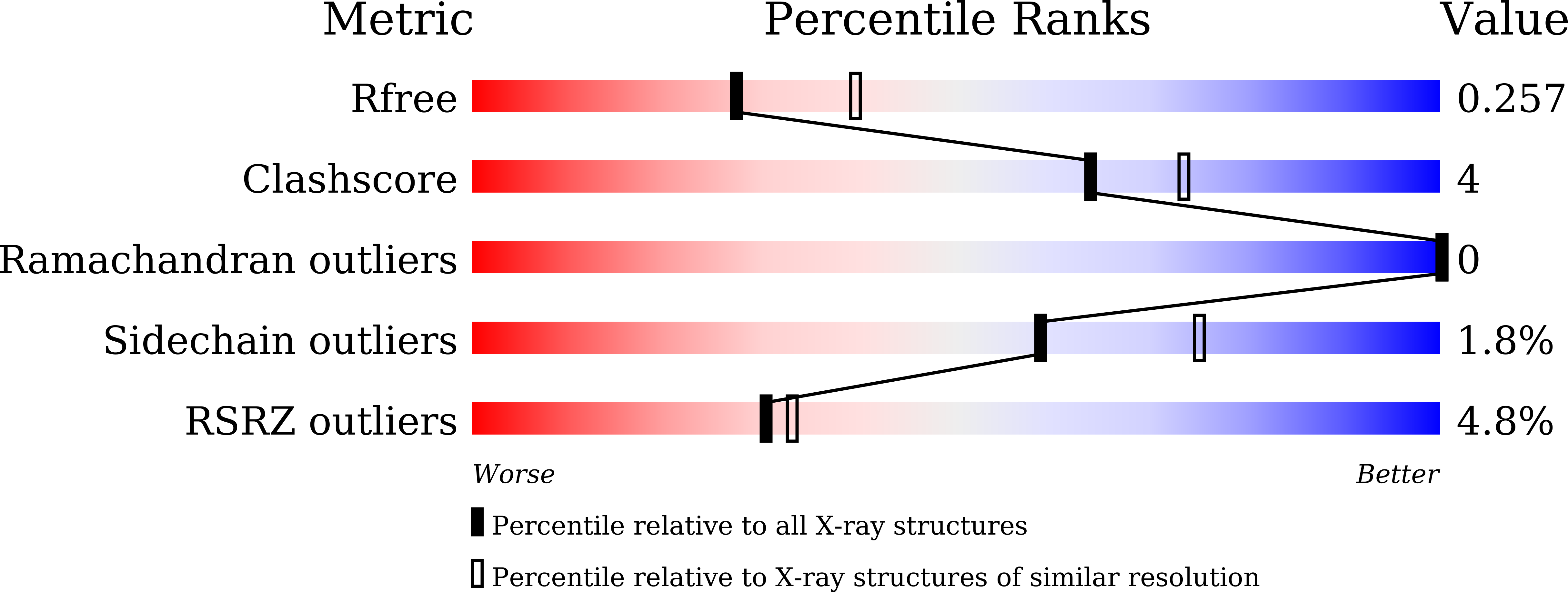
Deposition Date
2021-01-12
Release Date
2022-01-12
Last Version Date
2024-10-16
Entry Detail
PDB ID:
7DV4
Keywords:
Title:
Crystal structure of anti-CTLA-4 VH domain in complex with human CTLA-4
Biological Source:
Source Organism:
Homo sapiens (Taxon ID: 9606)
Host Organism:
Method Details:
Experimental Method:
Resolution:
2.38 Å
R-Value Free:
0.25
R-Value Work:
0.22
R-Value Observed:
0.22
Space Group:
P 21 21 21


